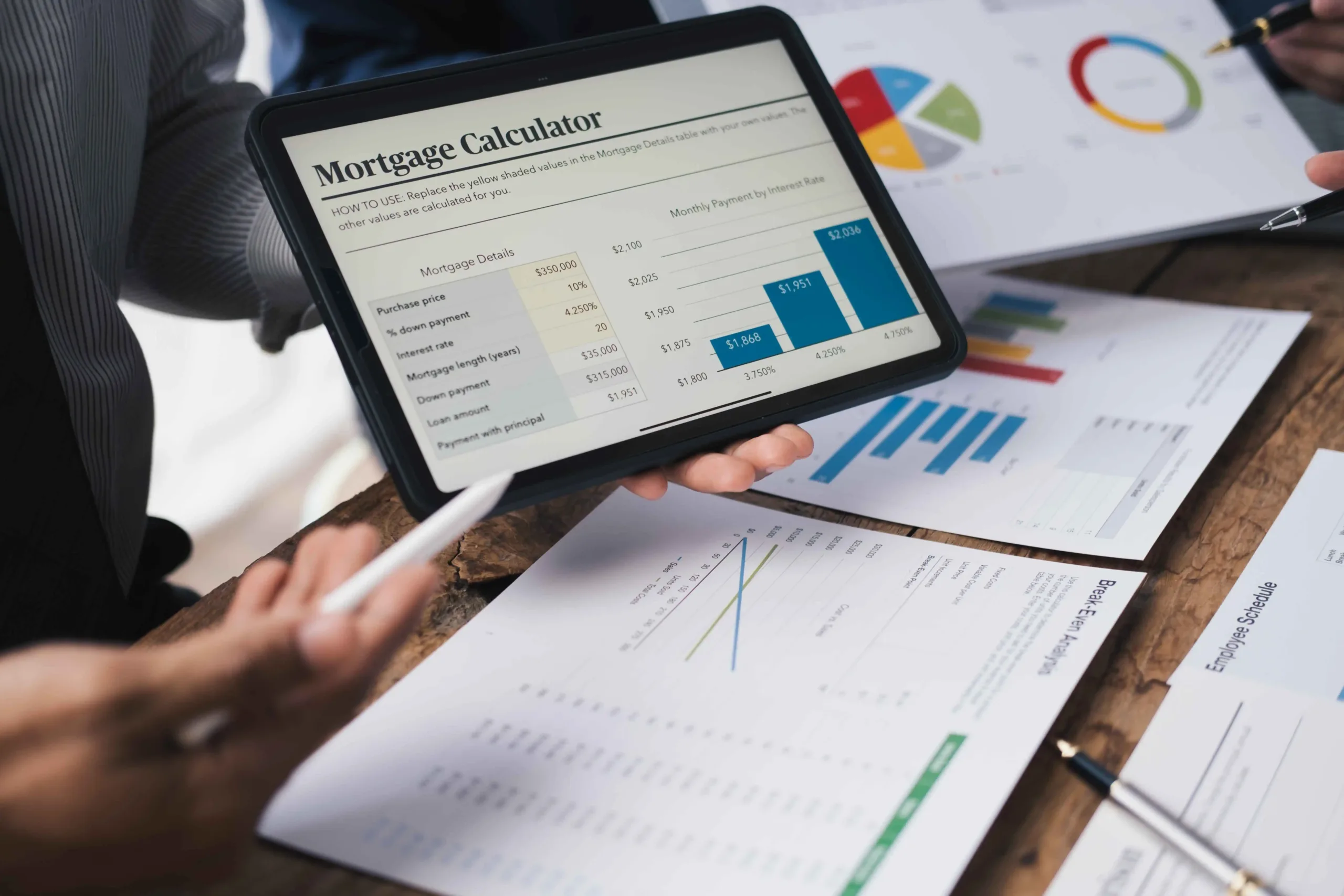If you’ve found yourself typing “how much house can I afford” into Google, you’re not alone. It’s one of the most common — and most important — questions for anyone starting the home buying journey. Whether you are a first-time buyer or returning to the market, understanding home affordability is the first step to making smart, confident decisions.
In this post, we’ll break down how to calculate what you can realistically afford, what lenders look for, and how to budget effectively — plus, we’ll point you to helpful tools like a home affordability calculator and practical programs that can ease the process.
1. Start with Your Budget
Before falling in love with a dream home, taking an honest look at your finances is crucial. Start by evaluating:
- Monthly income (after taxes).
- Monthly expenses (utilities, groceries, transportation, insurance, childcare, etc.).
- Debt payments (credit cards, student loans, car loans).
This helps you see how much room your budget has for a mortgage payment without overextending yourself.
2. Understand the Debt-to-Income Ratio (DTI)
Lenders use your debt-to-income ratio to determine how much mortgage you can handle. This percentage of your monthly gross income goes toward debt payments.
General guideline: Your monthly debt (including the new mortgage) should not exceed 36% of your gross monthly income.
Example:
- Gross income: $6,000/month
- 36% of that: $2,160/month
If you already pay $500/month in student loans and $300 on a car loan, that leaves around $1,360 for your mortgage.
3. The 28/36 Rule
Most experts and lenders use the 28/36 rule as a benchmark:
- 28% of gross income can go to housing costs (mortgage, taxes, insurance).
- 36% to total debt (including housing).
Using this rule, a home affordability calculator can give you a tailored estimate based on your income, debt, down payment, and interest rate.
4. Don’t Forget Hidden Costs
Your monthly mortgage isn’t the only cost of homeownership. Factor in:
- Property taxes
- Homeowners insurance
- HOA fees (if applicable)
- Maintenance and repairs
- Utilities (often higher in larger homes)
These extras impact how much house you can afford, even if you’re pre-approved for a higher loan amount.
5. Use a Home Affordability Calculator
A home affordability calculator is a fast, helpful way to estimate your price range. It considers your income, debts, loan type, and down payment to give you a realistic number. Before talking to lenders or real estate agents, it’s a great starting point.
How It Works:
Most calculators ask for basic information such as:
- Your annual income
- Monthly debt payments (like credit cards, student loans, or car loans)
- Down payment amount
- Expected interest rate
- Loan term (typically 15 or 30 years)
- Estimated property taxes and homeowners’ insurance
Once you input this data, the calculator estimates:
- Your maximum monthly mortgage payment.
- The home price you can afford based on lending guidelines.
Your estimated monthly payment, including taxes and insurance.
Why It Matters:
Lenders often follow the 28/36 rule, meaning:
- No more than 28% of your gross monthly income should go to housing expenses.
- No more than 36% should go to total debts (including the mortgage).
The calculator applies this logic to give you a range that matches what lenders typically approve — but tailored to your budget and goals.
6. Explore Your Financing Options
Not all mortgage products are created equal. The type of loan you choose—such as conventional, FHA, VA, or USDA—will impact how much you can borrow and what your monthly payments look like. Each option has different down payment requirements, credit score thresholds, and qualification criteria.
If you’re unsure which loan type suits you best, it may help to speak with a mortgage lender or attend a home-buying class that covers these topics in more detail.
Also, if you’re a first-time buyer, don’t miss out on assistance programs that can reduce your upfront costs or monthly payments. Many states and local governments offer grants, low-interest loans, and tax breaks to help make homeownership more affordable. You can explore these options in our post on First-Time Home Buyer Programs.
Final Thoughts
Figuring out how much house you can afford is more than just getting pre-approved — it’s about building a budget that works for you, planning, and understanding the big picture of home affordability







